Telling it like it is: Educational attainment compared between the Censuses.
Our beta project was based upon fertility in the period 2001-11. Part of this involved the examination of educational attainment over the two Censuses. A remarkable outcome from this was that in about one tenth of cases educational attainment fell between the two Censuses. Most dramatically, over 1,300 of those who were recorded as having a degree in 2001 were listed as having no qualification in 2011.
The object of this project is to identify the factors that explain the fall in educational attainment and to examine their applicability in census responses to health questions where the situation is complicated by the status being able to deteriorate as well as improve.












